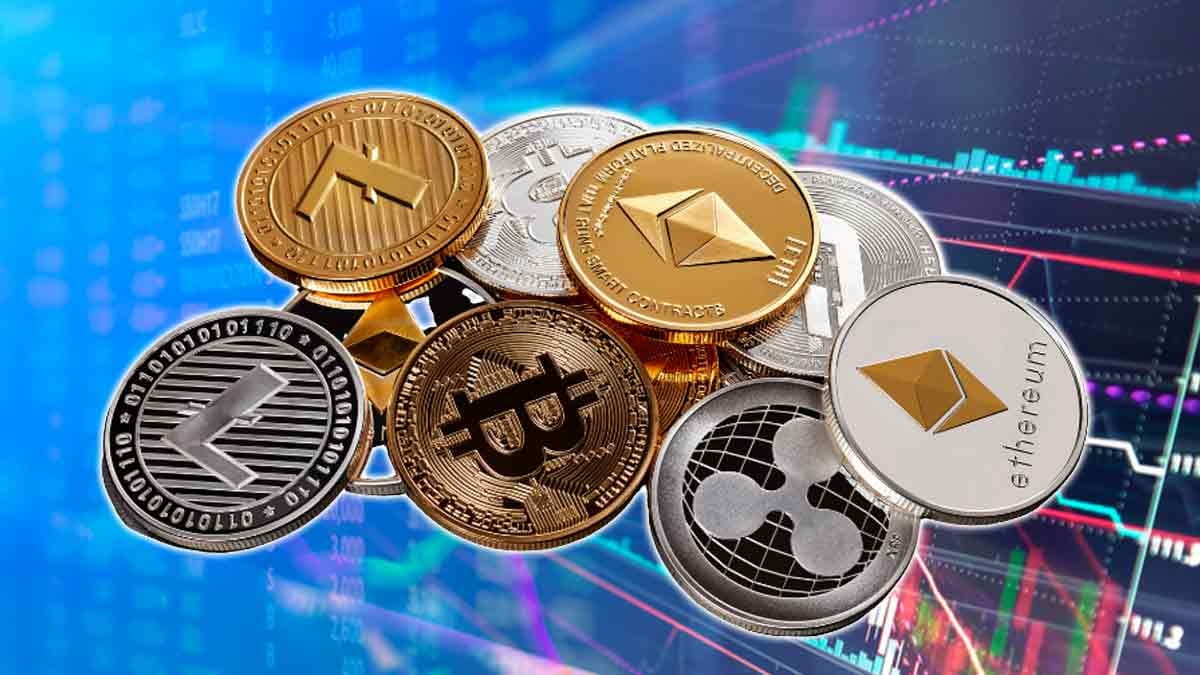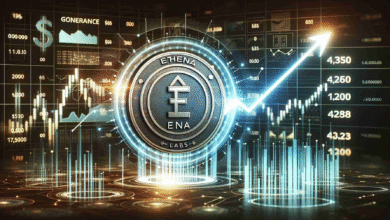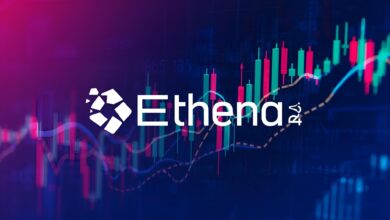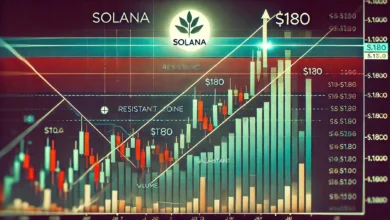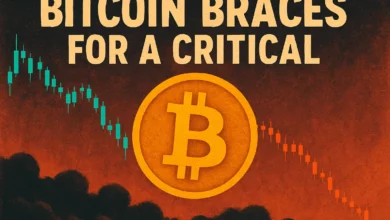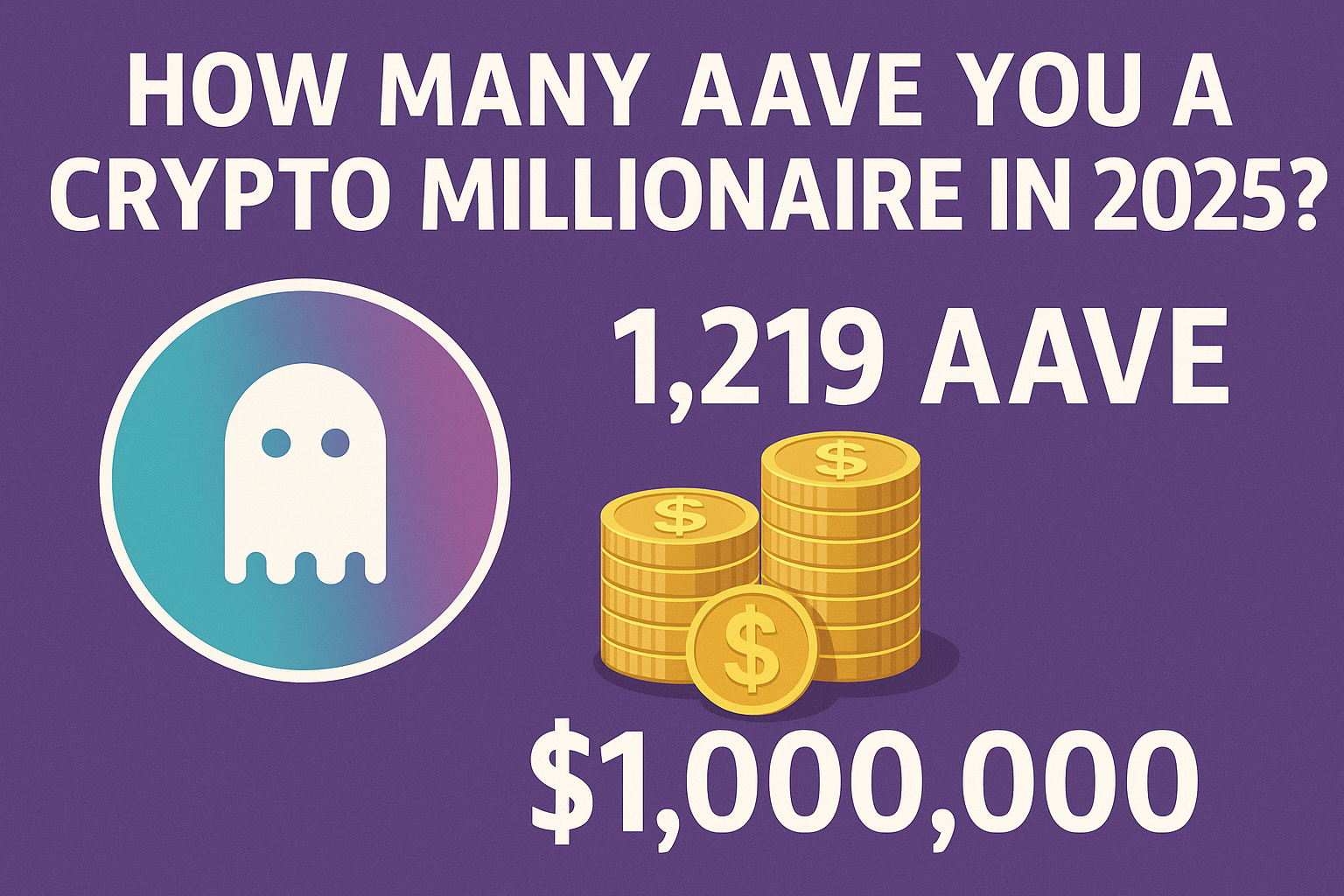Altcoin Investment Strategy for Beginners Complete Guide to Success in 2025
Master altcoin investment strategy for beginners with our comprehensive guide.
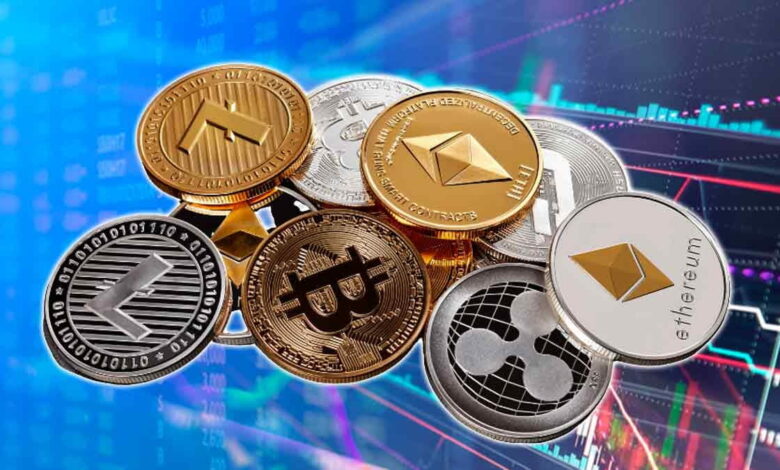
Entering the cryptocurrency market can feel overwhelming, especially when you’re looking beyond Bitcoin. If you’re seeking to understand an altcoin investment strategy for beginners, you’ve come to the right place. Altcoins—alternative cryptocurrencies to Bitcoin—represent some of the most exciting opportunities in today’s digital asset landscape, offering potential for significant returns alongside innovative blockchain technologies.
The cryptocurrency market has evolved dramatically since Bitcoin’s inception, with thousands of altcoins now available for investment. From Ethereum’s smart contract capabilities to Solana’s lightning-fast transactions, each altcoin brings unique value propositions. However, navigating this complex ecosystem requires a solid understanding of fundamental investment principles, market dynamics, and risk management strategies.
This comprehensive guide will equip you with the essential knowledge needed to develop a successful altcoin investment strategy for beginners, helping you make informed decisions while minimizing unnecessary risks in your crypto journey.
What Are Altcoins and Why Should Beginners Consider Them?
Altcoins in Today’s Market
Altcoins encompass any cryptocurrency other than Bitcoin, ranging from established projects like Ethereum and Cardano to emerging tokens with innovative use cases. These digital assets often serve specific purposes within their respective ecosystems, such as powering decentralized applications, facilitating cross-border payments, or enabling smart contract functionality.
The altcoin market has experienced tremendous growth, with total market capitalization reaching over $1.1 trillion in 2025. This expansion reflects increasing institutional adoption, regulatory clarity, and technological advancements across various blockchain networks.
Key Benefits of Altcoin Investment
Diversification Opportunities: Altcoins allow investors to spread risk across multiple projects and sectors within the cryptocurrency space, reducing dependence on Bitcoin’s performance alone.
Innovation Exposure: Many altcoins represent cutting-edge blockchain technologies, including decentralized finance (DeFi), non-fungible tokens (NFTs), and artificial intelligence integration.
Growth Potential: Smaller market cap altcoins often demonstrate higher volatility and growth potential compared to Bitcoin, though this comes with increased risk.
Use Case Specificity: Unlike Bitcoin’s primary function as digital gold, altcoins often solve specific real-world problems, potentially driving long-term adoption and value appreciation.
Building Your First Altcoin Investment Strategy for Beginners
Setting Clear Investment Goals
Before diving into any altcoin investment strategy for beginners, establish clear objectives for your cryptocurrency portfolio. Consider whether you’re investing for long-term wealth building, short-term trading profits, or exposure to specific blockchain technologies.
Define your investment timeline, risk tolerance, and percentage of your overall portfolio you’re willing to allocate to cryptocurrencies. Financial experts typically recommend limiting crypto investments to 5-10% of your total investment portfolio, especially for beginners.
Research and Due Diligence Framework
Fundamental Analysis: Evaluate altcoin projects based on their underlying technology, team credentials, partnerships, and real-world utility. Look for projects with strong development activity, clear roadmaps, and growing user adoption.
Market Analysis: Study market trends, trading volumes, and price patterns to identify potential entry and exit points. Understanding market cycles can significantly improve your investment timing.
Community Assessment: Active communities often indicate healthy project ecosystems. Monitor social media channels, developer forums, and governance participation to gauge community engagement levels.
Portfolio Allocation Strategies
Core-Satellite Approach: Allocate 60-70% of your crypto portfolio to established altcoins like Ethereum, then diversify the remaining 30-40% across smaller, higher-risk projects with significant growth potential.
Sector Diversification: Spread investments across different blockchain sectors, including DeFi, gaming, infrastructure, and payment solutions, to minimize sector-specific risks.
Dollar-Cost Averaging: Implement systematic investing by purchasing fixed dollar amounts of chosen altcoins at regular intervals, reducing the impact of market volatility on your average purchase price.
Also, More: Daily Bitcoin News Updates, Trading Signals Guide 2025
Top Altcoin Categories for Beginner Investors
Smart Contract Platforms
Smart contract platforms like Ethereum, Cardano, and Solana form the backbone of decentralized applications and represent relatively stable altcoin investment opportunities for beginners.
Ethereum (ETH): As the leading smart contract platform, Ethereum hosts thousands of decentralized applications and continues benefiting from network upgrades, improving scalability and energy efficiency.
Solana (SOL): Known for high transaction speeds and low fees, Solana has gained significant traction in gaming and NFT sectors, making it attractive for growth-oriented investors.
Cardano (ADA): With its research-driven approach and peer-reviewed development process, Cardano offers a methodical alternative to faster-moving blockchain projects.
Decentralized Finance (DeFi) Tokens
DeFi represents one of the most innovative sectors within the altcoin ecosystem, offering lending, borrowing, and trading services without traditional financial intermediaries.
Uniswap (UNI): As a leading decentralized exchange protocol, Uniswap benefits from growing DeFi adoption and trading volume across multiple blockchain networks.
Aave (AAVE): This lending protocol allows users to earn interest on deposits and borrow against collateral, positioning it well for DeFi sector growth.
Infrastructure and Interoperability Projects
Chainlink (LINK): Providing essential oracle services connecting blockchains to real-world data, Chainlink plays a crucial role in the broader cryptocurrency ecosystem.
Polkadot (DOT): Enabling blockchain interoperability, Polkadot allows different networks to communicate and share information, addressing a key industry challenge.
Risk Management in Altcoin Investment Strategy for Beginners
Understanding Altcoin Volatility
Altcoins typically exhibit higher volatility than Bitcoin, with price swings of 20-50% in a single day being common. This volatility creates both opportunities and risks that beginners must carefully manage.
Market sentiment, regulatory announcements, and technological developments can dramatically impact altcoin prices. Developing emotional discipline and sticking to predetermined investment strategies helps navigate these turbulent periods.
Position Sizing and Stop-Loss Strategies
Position Sizing: Never invest more than you can afford to lose in any single altcoin. A common rule suggests limiting individual positions to 5-10% of your crypto portfolio.
Stop-Loss Orders: Set predetermined price levels where you’ll sell positions to limit losses. Many successful investors use 20-30% stop-losses for altcoin positions.
Take-Profit Targets: Establish profit-taking levels to secure gains during bullish periods. Consider selling 25-50% of positions when altcoins reach significant price milestones.
Security Best Practices
Hardware Wallets: Store significant altcoin holdings in hardware wallets like Ledger or Trezor to protect against exchange hacks and online threats.
Exchange Security: Use reputable exchanges with strong security records and enable two-factor authentication on all accounts.
Private Key Management: Never share private keys or seed phrases, and store backup information securely offline.
Market Timing and Entry Strategies
Identifying Market Cycles
Understanding cryptocurrency market cycles can significantly improve your altcoin investment strategy for beginners. These cycles typically consist of accumulation, uptrend, distribution, and downtrend phases.
Bitcoin Dominance: Monitor Bitcoin’s market share relative to altcoins. Declining Bitcoin dominance often signals the beginning of “altcoin season,” when alternative cryptocurrencies outperform Bitcoin.
Market Sentiment Indicators: Tools like the Fear and Greed Index help gauge overall market sentiment and identify potential buying opportunities during periods of extreme fear.
Dollar-Cost Averaging vs. Lump Sum Investing
Dollar-Cost Averaging Benefits: Regular purchases reduce the impact of volatility and remove emotion from investment decisions. This strategy works particularly well for long-term altcoin investors.
Lump Sum Considerations: Investing larger amounts during market downturns can potentially generate higher returns, but requires accurate market timing and higher risk tolerance.
Hybrid Approach: Combine both strategies by making regular investments while keeping reserves for significant market dips.
Tools and Resources for Altcoin Research
Essential Research Platforms
CoinGecko and CoinMarketCap: These platforms provide comprehensive altcoin data, including prices, market caps, trading volumes, and project information.
Messari: Offers detailed fundamental analysis, tokenomics data, and research reports on major altcoin projects.
DeFiPulse: Tracks decentralized finance protocols and provides valuable insights into DeFi token performance and total value locked (TVL).
Technical Analysis Tools
TradingView: Provides advanced charting tools and technical indicators for altcoin price analysis and pattern recognition.
Glassnode: Offers on-chain analytics and metrics that help assess altcoin network health and adoption trends.
News and Information Sources
CoinDesk and Cointelegraph: Leading cryptocurrency news sources providing market updates, regulatory developments, and project announcements.
Token Terminal: Focuses on fundamental metrics and financial data for cryptocurrency projects and protocols.
Common Mistakes to Avoid in Altcoin Investing
Emotional Decision Making
FOMO (Fear of Missing Out): Avoid making investment decisions based on social media hype or rapid price movements. Stick to your research-based investment strategy.
Panic Selling: Market downturns are normal in cryptocurrency investing. Selling during panic often locks in losses and prevents recovery participation.
Inadequate Research
Following Influencer Advice: Never invest based solely on social media recommendations. Always conduct independent research before making investment decisions.
Ignoring Tokenomics: Understanding token supply, distribution, and use cases is crucial for evaluating long-term investment potential.
Over-diversification
While diversification is important, spreading investments across too many altcoins can dilute returns and make portfolio management difficult. Focus on quality projects rather than quantity.
Tax Considerations for Altcoin Investors
Understanding Cryptocurrency Taxation
Altcoin investments are subject to capital gains taxes in most jurisdictions. Keep detailed records of all transactions, including purchase dates, amounts, and prices.
Short-term vs. Long-term Gains: Holdings sold within one year typically face higher tax rates than those held for longer periods.
Record Keeping: Use portfolio tracking apps like CoinTracker or Koinly to maintain accurate tax records and generate necessary reports.
Tax-Efficient Strategies
Tax-Loss Harvesting: Sell losing positions to offset gains from profitable investments, reducing overall tax liability.
HODL Strategy: Long-term holding often qualifies for lower capital gains tax rates and reduces trading frequency.
Advanced Strategies for Growing Your Altcoin Portfolio
Staking and Yield Generation
Many altcoins offer staking opportunities where holders can earn additional tokens by participating in network security or governance.
Proof-of-Stake Rewards: Cryptocurrencies like Ethereum, Cardano, and Solana allow holders to stake tokens and earn annual yields of 4-10%.
DeFi Yield Farming: Advanced users can provide liquidity to decentralized exchanges and earn trading fees plus additional token rewards.
Governance Participation
DAO Voting: Many altcoin projects operate as decentralized autonomous organizations (DAOs) where token holders vote on protocol upgrades and governance decisions.
Community Involvement: Active participation in project communities can provide early insights into developments and partnership announcements.
Portfolio Rebalancing
Periodic Reviews: Assess portfolio allocation quarterly and rebalance to maintain target percentages across different altcoin categories.
Profit Taking: Systematically take profits from outperforming assets and reinvest in undervalued opportunities.
Future Trends in Altcoin Investment
Emerging Technologies
Artificial Intelligence Integration: AI-powered blockchain projects are gaining attention as artificial intelligence becomes more mainstream across industries.
Real-World Asset Tokenization: Projects focusing on tokenizing physical assets like real estate and commodities represent growing investment opportunities.
Regulatory Developments
ETF Approvals: Potential altcoin ETF approvals could drive significant institutional investment and mainstream adoption.
Regulatory Clarity: Clearer regulations may reduce uncertainty and encourage broader altcoin adoption among traditional investors.
Conclusion
Developing a successful altcoin investment strategy for beginners requires patience, research, and disciplined execution. By understanding market fundamentals, implementing proper risk management, and staying informed about industry developments, you can position yourself for long-term success in the altcoin market.
Remember that cryptocurrency investing involves significant risks, and past performance doesn’t guarantee future results. Start with small amounts, continue learning, and gradually build your knowledge and portfolio as you gain experience.
FAQS
Q: What is the minimum amount needed to start an altcoin investment strategy for beginners?
Altcoin Investment Strategy for Beginners: You can start with as little as $100-500 to begin learning and implementing an altcoin investment strategy for beginners. However, consider transaction fees and ensure your investment amount makes economic sense after accounting for costs.
Q: How many altcoins should beginners include in their portfolio?
Altcoin Investment Strategy for Beginners: Beginners should start with 3-5 carefully researched altcoins to maintain a manageable portfolio complexity while achieving adequate diversification. Focus on quality over quantity when building your initial positions.
Q: When is the best time to buy altcoins?
Altcoin Investment Strategy for Beginners: The best time to implement your altcoin investment strategy for beginners is during market downturns, when prices are below long-term averages. However, dollar-cost averaging removes the need for perfect timing and reduces emotional decision-making.
Q: How often should I review my altcoin portfolio?
Altcoin Investment Strategy for Beginners: Review your altcoin holdings monthly for major developments but avoid daily price checking, which can lead to emotional trading decisions. Quarterly rebalancing helps maintain target allocations while avoiding overtrading.
Q: Are altcoins riskier than Bitcoin?
Altcoin Investment Strategy for Beginners: Yes, altcoins generally carry higher risk than Bitcoin due to lower market caps, less liquidity, and greater price volatility. However, they also offer higher potential returns and exposure to innovative blockchain technologies.

